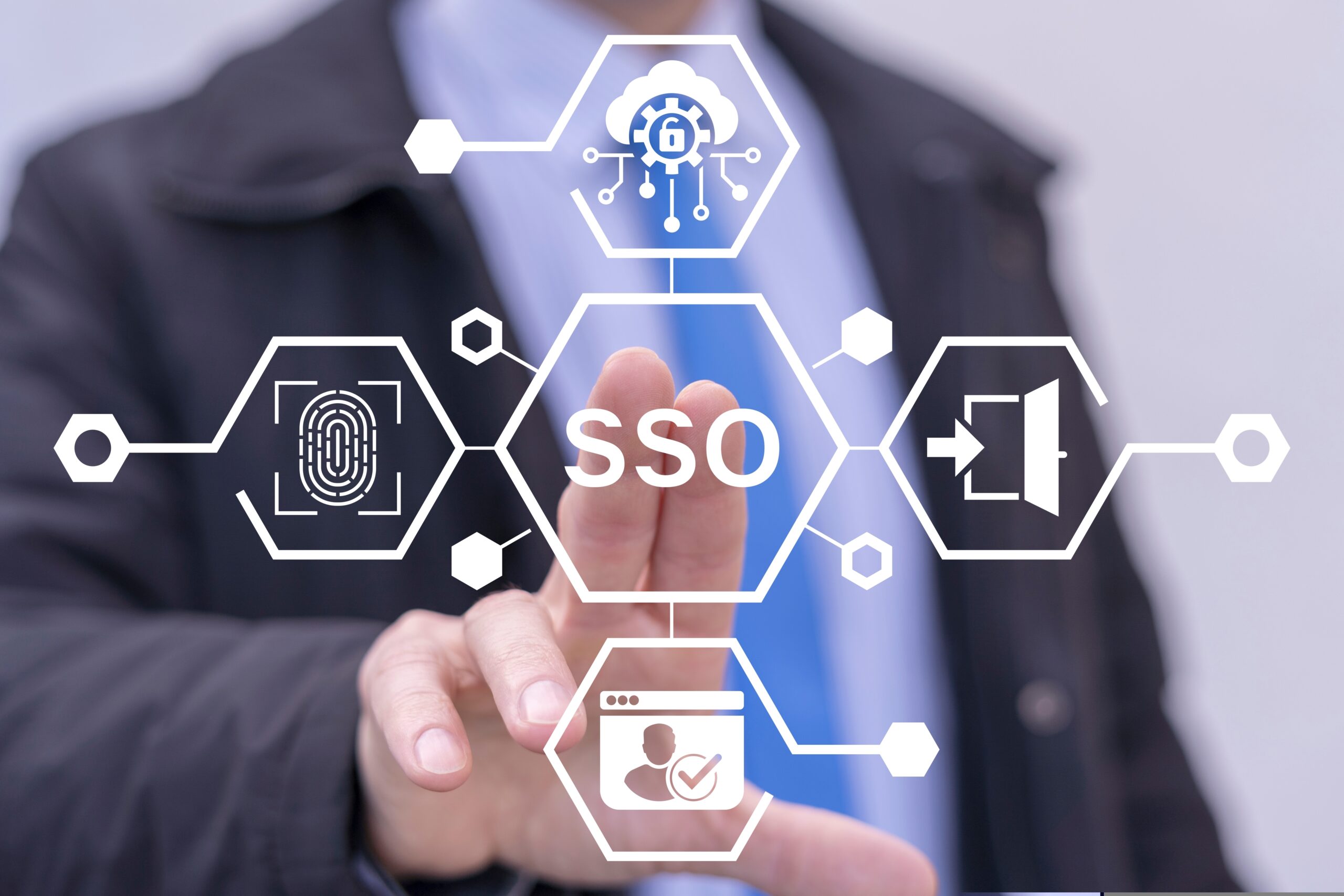Before the pandemic, an employee’s mental health concerns were considered an HR (human resources) issue. However, along with other business issues, the pandemic has significantly changed this mindset. The COVID-19 crisis has “leveled the playing field” by affecting everyone in some way or another. Managers are readily acknowledging the importance of mental health, as this aspect of employee health has taken almost as much of a hit as physical health. Now, the “Health” in Environment, Health, & Safety (EH&S) incorporates both physical and mental health.
Physical health is often considered more seriously than mental health. However, an injury or accident resulting from a mental health issue within the work environment is possibly more serious than a physical health issue (i.e., slips, trips, or falls). Invisible hazards—drug abuse, depression, recent loss, grief, sleep disorders, etc.—are known to cause physical ramifications and should be recognized by an EHS team.
Senior leadership within organizations recognizes that mentally healthy employees are an integral part of a more positive and effective workforce. Feelings of wellbeing fuel productivity and create an environment with lower levels of safety risk, resulting in a high economic impact. According to the Center for Disease Control and Prevention (CDC), more than half of the population has been or will be diagnosed with a mental illness or disorder at some point in their lifespan. In any given year, 20% of Americans will experience a mental illness. Mental illness should be viewed as normalcy, as opposed to an anomaly.
Mental illness costs the United States’ economy roughly $200 billion and the global economy $1 trillion annually in productivity losses. However, it is also important that corporations recognize the non-financial cost associated with mental illness, i.e., the immeasurable emotional damage to families, friends, and co-workers of those touched by this form of illness. Far too many times and at alarmingly increasing rates, prolonged, undiagnosed mental illness ends in suicide. Again, the impact of this development on society is incalculable.
What can businesses/organizations do?
Caring for the people aspect of an organization and recognizing the need to nurture mental health is one aspect that sets responsible companies apart. EHS professionals can initiate administration of such activities and set the stage for mental health support being embedded in business strategy—creating a safer, more inclusive corporate culture. By taking a progressive stance towards educating and encouraging strong mental health, businesses can change the negative social perception of mental health issues, reducing the cultural stigma surrounding mental health discussion and providing employees and the community with the necessary resources to pursue a more complete idea of wellness.
To begin, EHS and HR departments can create a policy regarding mental health for their employees and managers. This standard for the work environment should include information relevant to mental health issues in the workplace and beyond. The World Health Organization (WHO) published one such package titled, “Mental Health Policies and Programmes in the Workplace.” This document states that mental health programs in the workplace begin with the development of guidelines, the lack of which usually results in weak collaboration and reduces the impact of any workplace mental health strategy. According to the WHO’s research, options for implementing a mental health policy can be sorted into five categories
- Increasing employee awareness of mental health issues;
- Supporting employees at risk;
- Providing treatment for employees with a mental health problem;
- Changing the organization of work;
- Reintegrating employees with a mental health problem into the workplace.
Taking these categories into consideration, businesses can develop solutions to improve the overall mental health of employees.
The process for developing solutions begins with corporate training and seminars focused on mental health to increase awareness within the workplace and encourage a cultural shift of thought. Secondly, managers should be trained to spot indicators of mental health concerns:
- Visible feelings of sadness and withdrawing from work for more than 2 weeks
- Expressing intense worries or fears that affect productivity and restrict daily activities
- Severe, out-of-control, risk-taking behavior that may lead to harm of others or self
- Significant loss or gain of weight
- History and signs of alcohol and drug abuse
- Drastic changes in mood, behavior, personality, and/or sleeping habits
- Sharing suicidal thoughts or thoughts of harming someone else
Along with detecting signs of mental health issues, workplaces need to create a mentally healthy workspace by providing employees the freedom of fair treatment, non-repercussion whistleblowing, and transparency. Toxicity can be detrimental to the mental and physical health of employees. Workplaces that enable or encourage toxic relationships between employees can cause increased stress and anxiety, and lower efficiency and morale. Due to the difficulty involved with job transitions, many employees will accept such environments
and are never offered the space to voice their opinions and feelings.
Businesses must address the sensitive nature of assessing mental health with appropriate resources, such as counseling sessions, insurance that covers mental health issues, team building activities and/or trips, and mindfulness applications. Making workplace counseling and therapy available encourages employees to seek help in times of stress. Team building events promote a sense of comfort and inclusion, allowing colleagues to build trust and discernment. Receiving training from HR and EHS Managers that covers how to detect signs of mental health concerns in a group setting, encourages freedom for employees to assess this aspect of health in themselves and others. Employees also need to be given a space to anonymously voice concerns about toxic work environments. Such initiatives make employees feel safe and recognized.
By definition, the role of EHS professionals is to promote and maintain a workplace environment that is healthy and safe for all individuals. Being optimally healthy includes prioritizing both physical and mental health. Though mental health can only be positively changed by the individual, EHS professionals can affect a cultural shift and present a strong case for investing in mental health awareness within their organizations. Safety must triumph over stigma. Through the business lens, the onus is on those “in charge of” safety (i.e., EHS professionals) to remove the negative stigma surrounding mental health concerns and lead efforts in caring for the mental wellness of an organization’s colleagues and associates.
Author Bio

Fatima Fasih
Experienced in corporate sustainability in both developed and emerging markets, Fatima Fasih has over 5 years of experience in advising businesses on their sustainability strategies and reporting. She also assists businesses in identifying their progress on the UN Sustainable Development Goals.
Currently, working as an independent Sustainability Consultant, Fatima holds a Masters degree in Sustainability Management and Bachelors in Health Sciences and Environmental Science from the University of Toronto.
She is also certified a Greenhouse Gas Inventory Quantifier (GHG-IQ) and aims to work towards pushing businesses to play a larger role in solving the world’s biggest sustainable development problems: hunger, poverty, and inequality.



